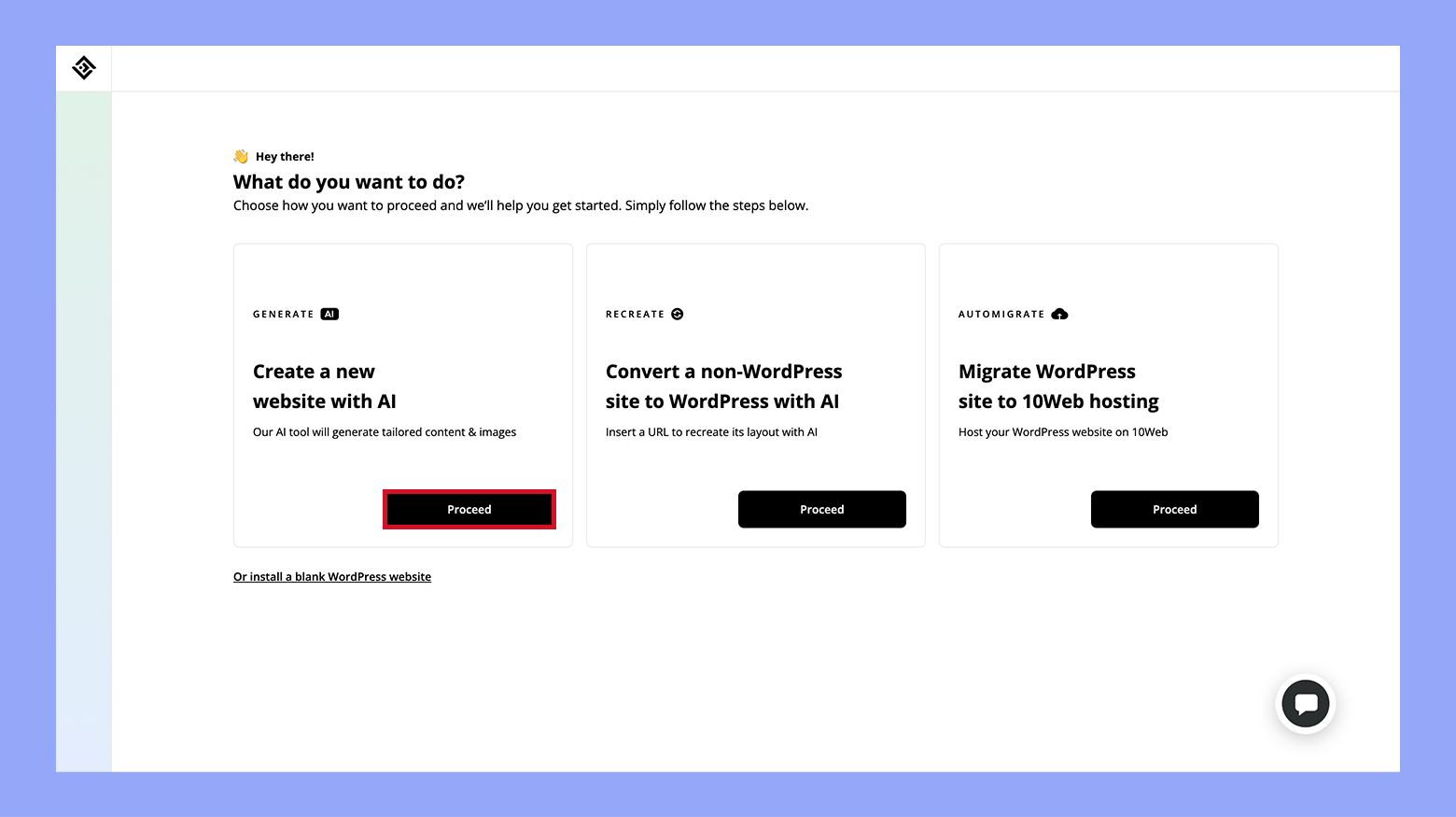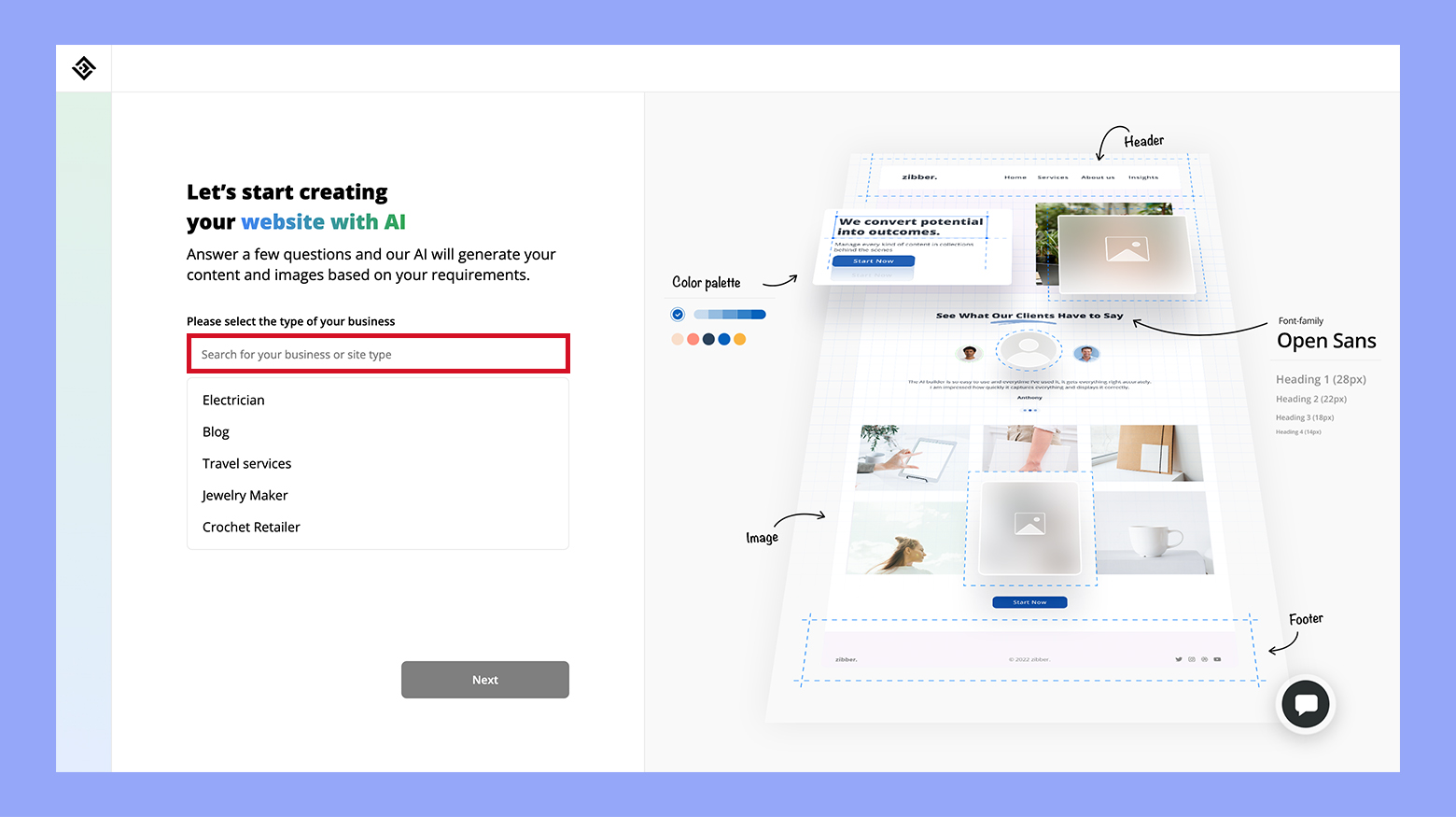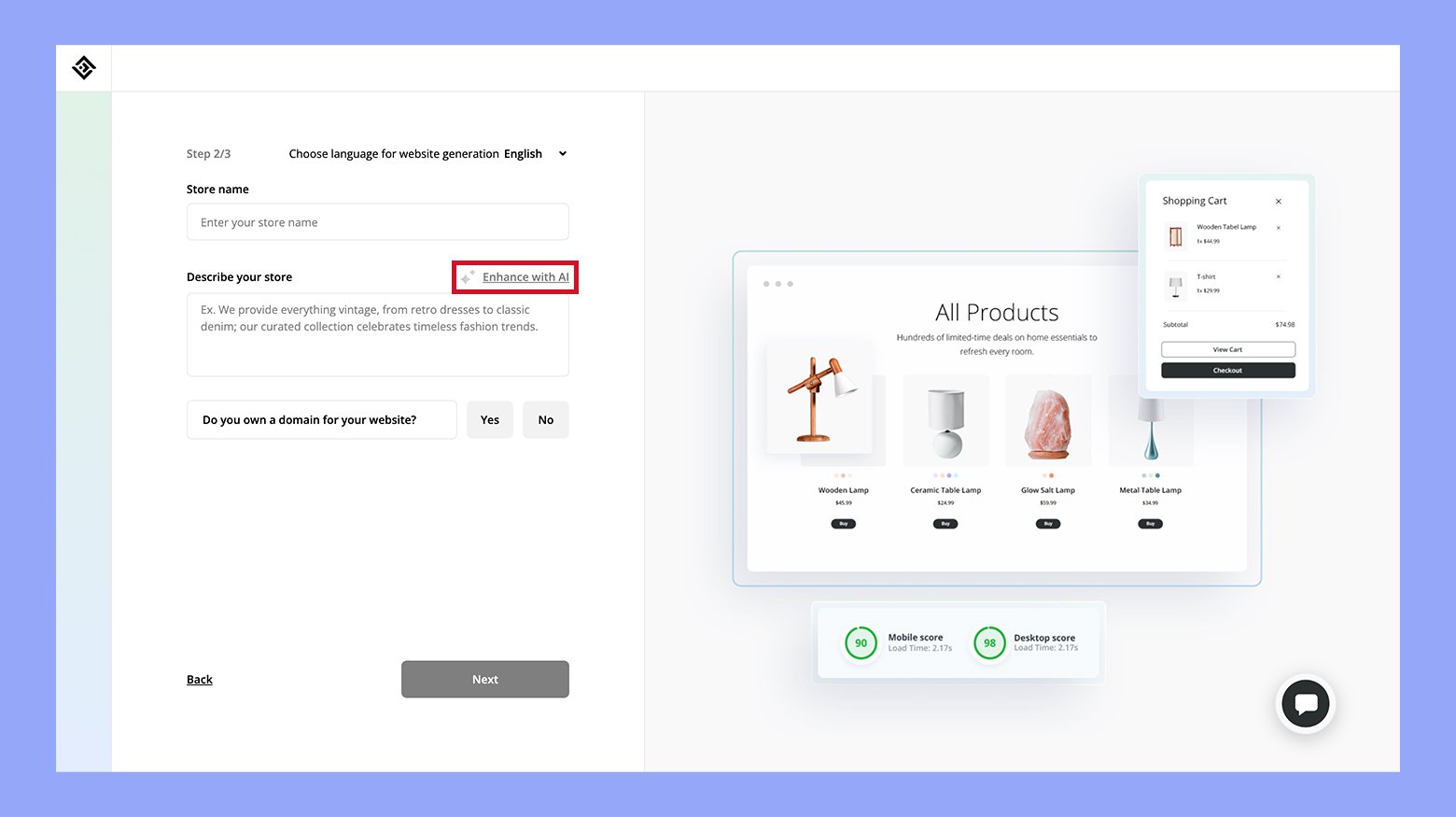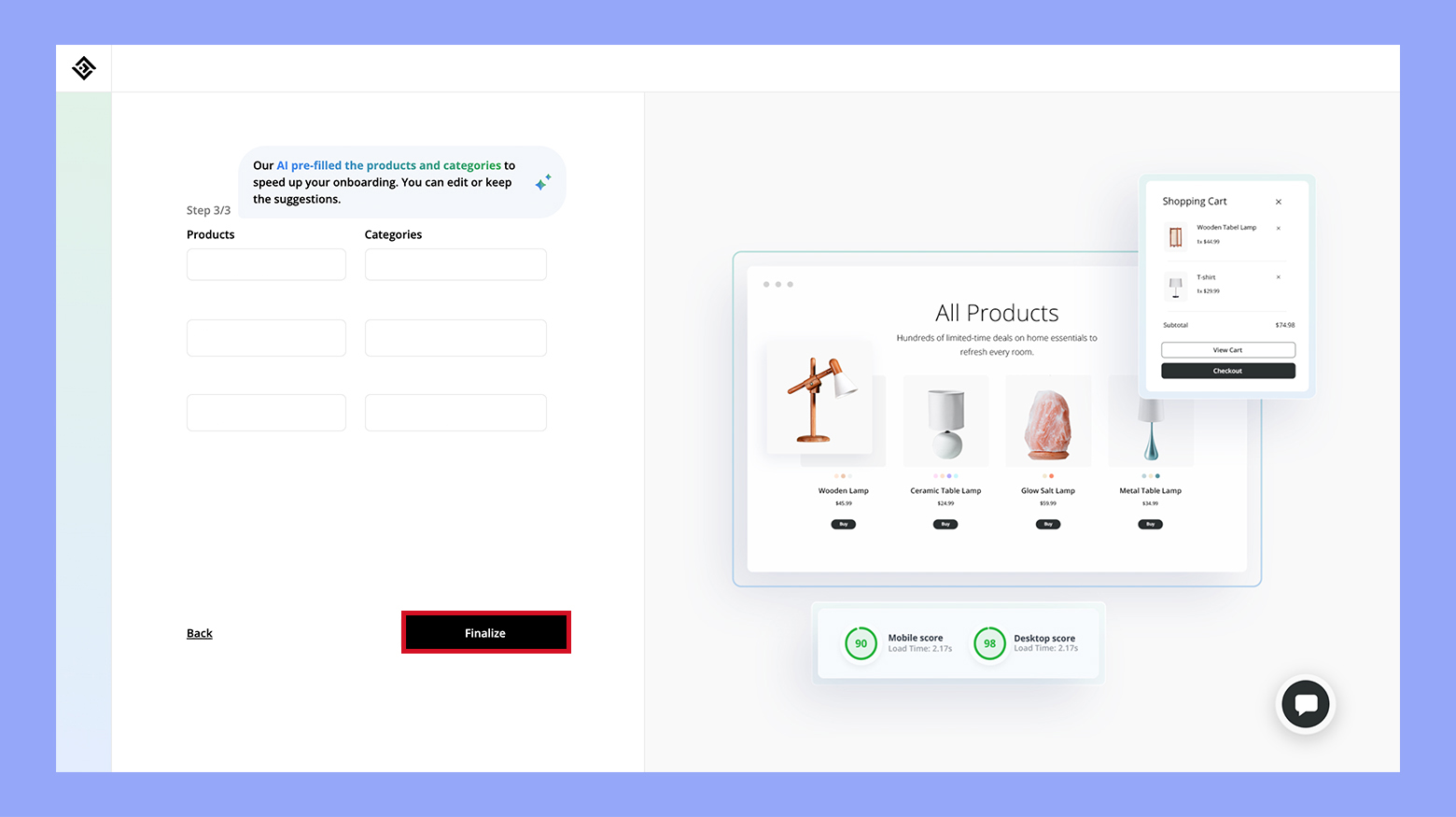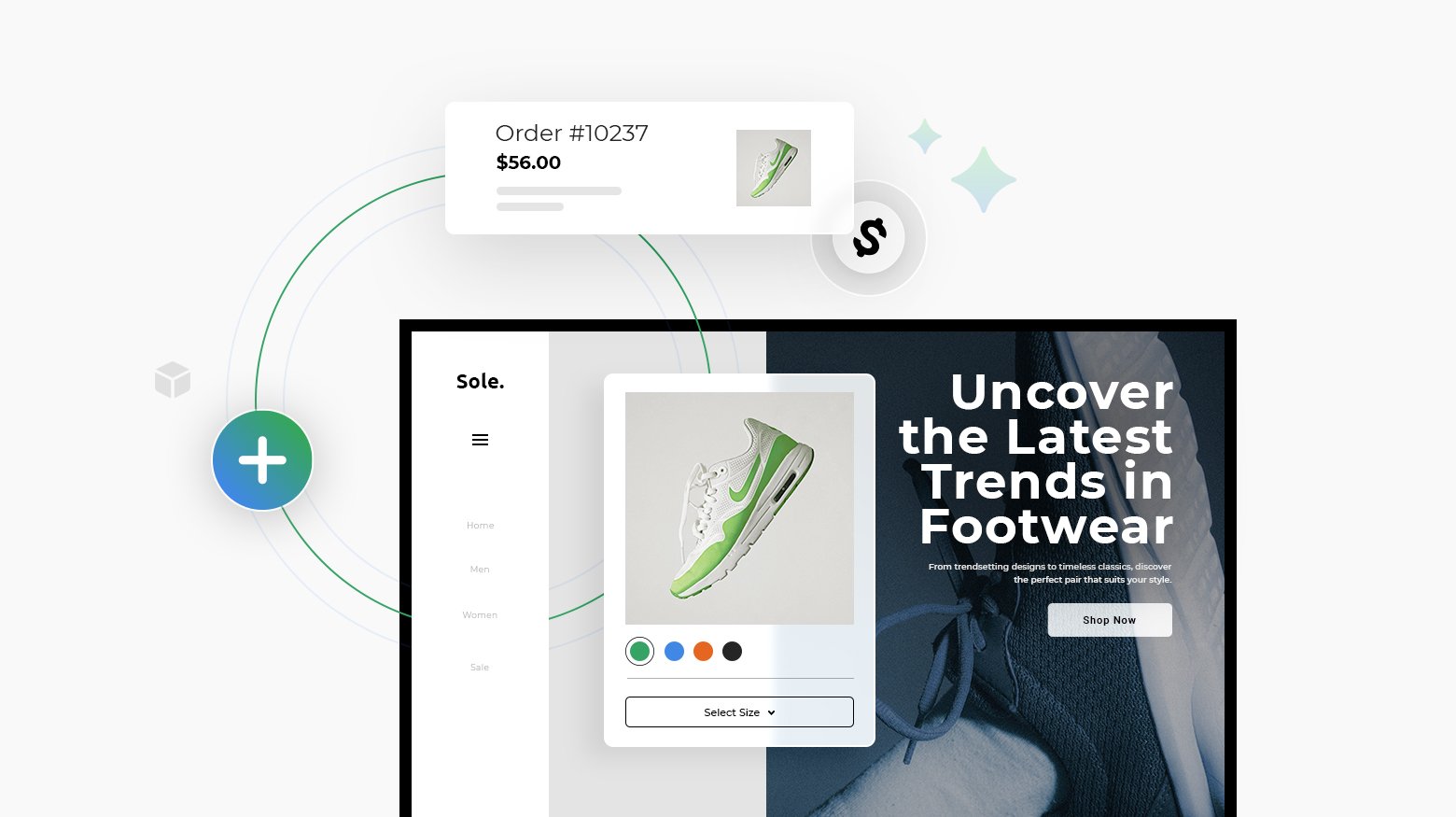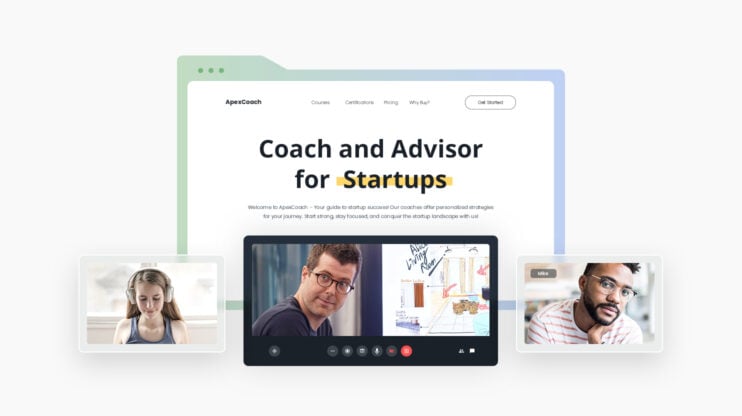Starting a transportation business can be both exciting and rewarding. With a consistent demand for transportation services, the opportunities in this field are plentiful. Whether you are considering launching a logistics company, taxi service, or delivery business, our comprehensive step-by-step guide will help you navigate the process from start to finish. By following these essential steps, you’ll be well on your way to establishing a successful and thriving transportation business.
Starting your transportation journey
Starting a transportation business can be exciting and rewarding. There is a consistent demand for transportation services, so your opportunities are plenty. Here’s a step-by-step guide to get you started.
Step 1: Developing a robust business plan
Creating a robust business plan for your transportation business involves focusing on key elements such as a compelling executive summary, comprehensive market analysis, and precise financial projections. This ensures your plan is well-rounded and attractive to potential investors.
Executive summary
The executive summary is your first impression. It should include:
- the business name,
- location,
- services offered,
- mission statement.
Clearly state your business goals and highlight what makes your transportation company unique.
For example, mention innovative technology, eco-friendly practices, or superior customer service. Briefly outline your marketing strategy and target market. In addition, include key financial highlights like expected revenue, profitability projections, and initial funding requirements.
As a result, a well-crafted executive summary can capture investors’ interest and make them eager to read more.
Market analysis
Market analysis is crucial for identifying your target market and assessing competition. Start with thorough market research to understand industry trends, customer needs, and market demand. Look at competitors, their strengths, weaknesses, pricing strategies, and service offerings.
Identify your target audience based on demographics, location, and specific needs. Analyze the regulatory environment and any barriers to entry. This helps in preparing effective marketing strategies and positioning your business competitively.
Also, include a SWOT analysis (Strengths, Weaknesses, Opportunities, Threats) to assess your market position realistically. Understanding these factors is key to making informed business decisions.
Financial projections
Financial projections provide a clear picture of your company’s expected performance. Start with a detailed financial plan, including start-up costs, operational expenses, and revenue streams. Use tables to break down these costs month-by-month and year-by-year.
Project your income statement, cash flow statement, and balance sheet for at least three to five years. Include assumptions used for your projections, like market growth rate and pricing strategy.
Highlight key financial metrics such as break-even analysis, profitability, and return on investment (ROI). Accurate and coherent financial projections can demonstrate the viability of your business to investors and stakeholders.

Looking to sell online?
Create your custom online store in minutes with 10Web AI Ecommerce Website Builder and take your business online.
Step 2: Building your online presence
Creating a strong online presence is essential for your transportation business. Here’s how to get started:
Choose a domain name
- Pick a domain name that is short, memorable, and related to your business.
- Ensure it’s easy to spell and pronounce.
- If your preferred domain is already taken, try different variations of your name and the top-level extensions (e.g., .com, .co,.store, .shop, etc.).

Choose reliable hosting
What hosting provider you use will play a huge role in the performance of your store. Look for a hosting service that offers excellent uptime, fast loading speeds, and strong security features.
For example, 10Web’s automated WordPress hosting is built on the powerful Google Cloud platform. On top of a 99.9% uptime guarantee, it has high-speed infrastructure and advanced caching for fast-loading web pages. Its elastic scaling technology can also seamlessly adapt to visitor fluctuations on the fly.
It also comes with other features that will help you manage your store, like 24/7 technical support, backup and restore, and built-in security.
Set up a website
Creating an online platform for your transportation business with 10Web is simple and efficient. You have two options to get started:
- Custom replica: Provide 10Web AI Website Builder with a link to a design you like, and it will create a similar one for you.
- Generate from scratch: Answer a few questions about your business to generate a website from scratch.
For this example, let’s go with the second option:
- Go to the 10Web Ecommerce Website Builder page and click Generate your website.
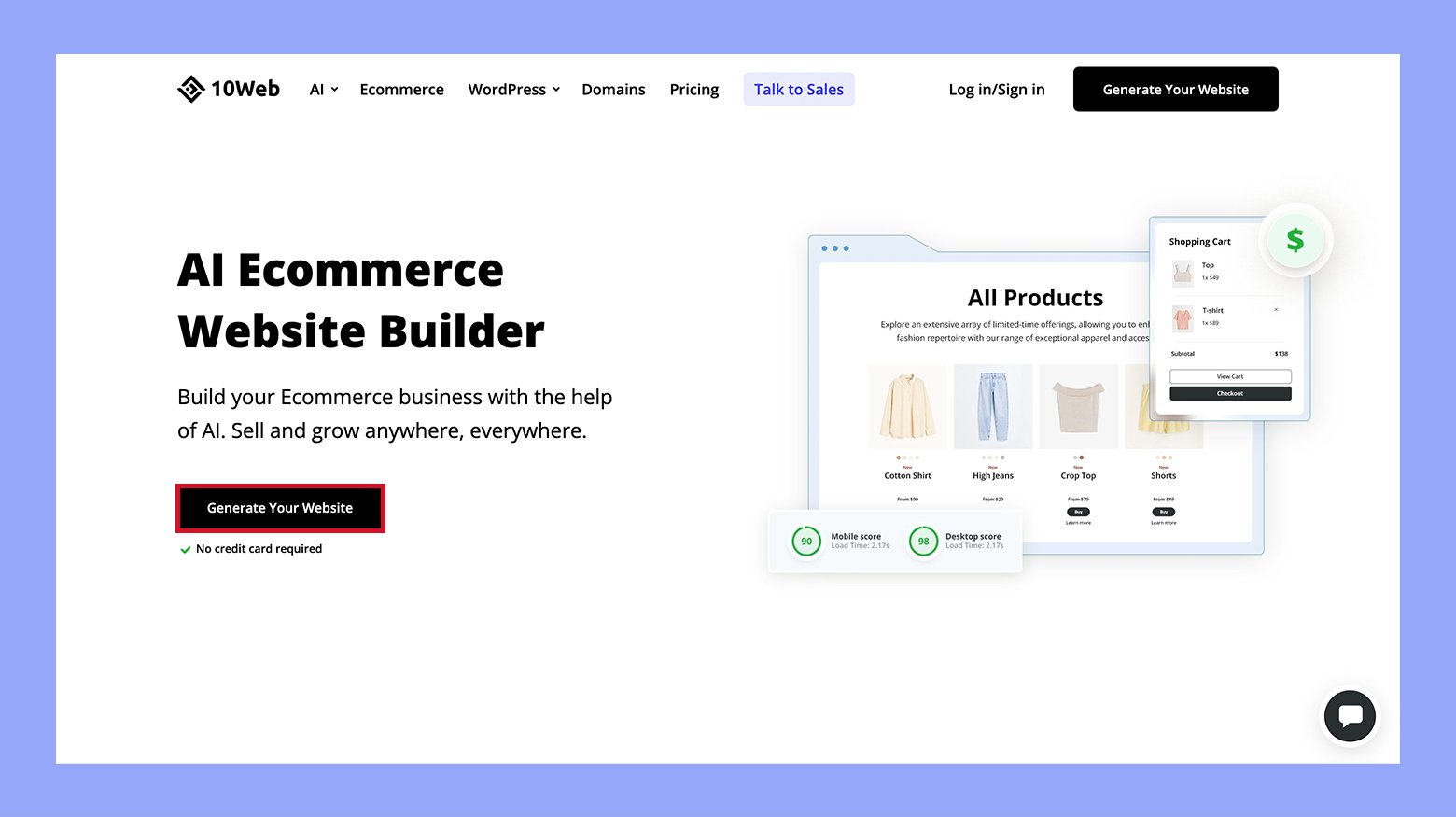
- Select Proceed to create a new website with AI.

- Enter your business type.

- Provide a store name and description. Use the Enhance with AI tool if needed.

- Enter details for your first three products and categories. Click Finalize, and wait for 10Web to generate your site. Once your site is generated, preview it and make any necessary adjustments using the user-friendly tools provided by 10Web.

- Create informative content
- Write clear and concise descriptions of your services.
- Use engaging images and videos to showcase your fleet and services.
- Include a blog to share industry news and tips.
- Optimize for search engines (SEO)
- Use relevant keywords related to your business in your content.
- Add meta descriptions, tags, and alt text for images.
- Use a plugin like Yoast SEO to improve your site’s visibility on search engines. Make sure your URLs are both search engine and user-friendly.
- Create internal links between your pages.
- Set up an online booking system
- Implement a user-friendly booking system.
- Use plugins or tools like BookingPress or SimplyBook.me.
- Allow customers to book and pay for services online.
- Encourage customer reviews
- Ask satisfied customers to leave reviews on your website and social media.
- Display testimonials prominently on your homepage.
- Respond to reviews, both positive and negative, to build trust.
With these steps, you can create an effective online space that attracts and retains customers for your transportation business.
Tips for an Effective Transportation Business Website
- Clear categories and filters: Ensure your website has clear categories and filters to help visitors find the transportation services they need easily.
- Highlight featured services: Showcase your most popular or unique transportation services on the homepage to grab your audience’s attention.
- User-friendly interface: Make sure the booking and inquiry process is straightforward and accessible.
- Customer reviews and testimonials: Include testimonials and reviews to build trust and credibility.
Step 3: Complying with legal and regulatory requirements
Starting a transportation business requires meeting various legal and regulatory requirements. You need to obtain the necessary licenses and permits and secure appropriate insurance to protect your business.
Business licenses and permits
Obtaining the right licenses and permits is essential. First, you’ll need a business license to legally operate. Next, you need to apply for an Employer Identification Number (EIN) from the IRS. This number is also known as your federal tax ID number and is used for tax purposes.
Transportation businesses must comply with Department of Transportation (DOT) regulations. This might include obtaining a commercial vehicle registration for each vehicle in your fleet.
Lastly, research and apply for any local or state-level licenses and permits. These can include operating permits, zoning permits, and others depending on your location and business type.
Insurance and liability
Having the right insurance is vital to protect your business. Start by investing in liability insurance. This helps cover costs if your business is held legally responsible for an accident or injury.
Additionally, consider commercial vehicle insurance for all vehicles in your fleet. This type of policy covers damages and liabilities specifically for commercial vehicles.
Ensure that you stay informed about the legal requirements for your insurance policies. Stay updated by regularly checking for changes in insurance and regulatory requirements to ensure your business remains compliant.
Step 4: Building and managing your fleet
Building and managing a fleet involves selecting the right vehicles and ensuring they are well-maintained. It’s key to pick vehicles that match your business needs and budget, and you must plan regular maintenance to keep everything running smoothly.
Choosing the right vehicles
When starting a transportation business, choosing the right vehicles is critical. Think about what kind of transportation business you have. If you run a taxi service, you need reliable and fuel-efficient cars. For a logistics business, larger trucks or vans may be necessary.
Consider the types of goods you’ll transport. A courier service might require smaller vehicles, while a freight service will need large trucks. New vehicles might cost more upfront but can offer better reliability and warranties. Used vehicles can save money but might need more upkeep.
Fuel efficiency is also important. The more fuel-efficient your vehicles are, the lower your operating costs will be. In addition, remember to factor in costs like insurance, registration, and any special permits.
Maintenance and upkeep
Regular maintenance keeps your vehicles in good shape and helps avoid unexpected breakdowns. It’s not just about fixing things when they break; it’s about preventing issues before they start.
Create a maintenance schedule for every vehicle in your fleet. This should include regular oil changes, tire rotations, brake inspections, and other routine checks. Have a reliable mechanic or service center that specializes in the types of vehicles you use.
Don’t overlook daily checks. Train your drivers to do basic inspections before starting their routes. They should look for signs like low tire pressure or leaking fluids. This can catch problems early and keep your vehicles safer on the road.
Step 5: Hiring and training your team
Building a reliable team is essential for your transportation business. Your employees need to be experienced and knowledgeable to ensure smooth operations. Use the steps below to hire and train your team effectively.
- Identify roles needed: Determine the positions you need, such as drivers, dispatchers, mechanics, and administrative staff.
- Create job descriptions: Write clear job descriptions that outline the required skills and responsibilities for each role.
- Advertise job openings: Post your job openings on various platforms like job boards, social media, and your website.
- Screen applicants: Review resumes and conduct initial screenings to find candidates with relevant experience.
- Interview candidates: Conduct interviews to assess their skills, knowledge, and how well they fit with your company culture.
- Perform background checks: Ensure your candidates have clean driving records and no criminal history.
- Hire employees: Make your job offers and start onboarding your new team members.
- Set up training programs: Develop training programs that cover safety, operational procedures, and customer service.
- Monitor performance: Regularly evaluate your employees’ performance and provide feedback.
| Role | Training Focus |
| Drivers | Safety, route planning, customer service |
| Dispatchers | Communication skills, scheduling software |
| Mechanics | Vehicle maintenance, repair techniques |
| Administrative Staff | Billing, customer management software |
By following these steps, you can ensure your team is well-prepared and knowledgeable, contributing to the success of your transportation business.
Step 6: Preparing your marketing strategy
To have a successful transportation business, you need a strong marketing strategy. This involves creating a clear brand, building an online presence, understanding your target market, and effectively using niche marketing.
Branding and company name
Your company’s name and branding are crucial. Choose a name that is easy to remember and reflects your services. The logo should be clean, professional, and easily recognizable.
When designing your branding materials, use consistent colors and fonts to build a cohesive image. This will help you stand out and be memorable to potential customers.
Furthermore, invest in high-quality business cards, brochures, and vehicle wraps to promote your brand. These elements represent your company and help to build your reputation.
Target market
Identifying your target market is essential. Figure out who needs your services the most, whether it’s individuals, businesses, or specific industries.
Conduct market research to understand the needs, preferences, and behaviors of your potential clients. This information will help you tailor your marketing efforts to meet their needs effectively.
Finally, create customer personas to visualize and empathize with your target audience. This will keep your marketing strategies focused and relevant to your ideal customers.
Niche marketing
Niche marketing allows you to focus on a specific segment of the market. Identify a niche that isn’t fully served by other transportation companies.
For example, you might specialize in medical transportation, corporate travel, or environmentally-friendly rides. By catering to a specific target, you can offer specialized services that meet the unique needs of that group.
Promote your services through targeted advertising and specialized campaigns. This can help you build a loyal customer base and differentiate your business from competitors.

Looking to sell online?
Create your custom online store in minutes with 10Web AI Ecommerce Website Builder and take your business online.
Step 7: Optimizing operations and customer service
To run a successful transportation business, it’s essential to coordinate logistics effectively, ensure high-quality control, and simultaneously emphasize customer satisfaction. Paying attention to these areas helps streamline operations and enhance the service experience.
Logistical coordination
Efficient logistical coordination is crucial for a transportation business. Start by investing in advanced software to manage routes and schedules. This ensures that your vehicles are always on the best paths, reducing delays and improving fuel efficiency.
You should also maintain open communication with drivers via mobile devices or in-vehicle communication systems. This allows for real-time updates and quick problem-solving. Keep track of vehicle maintenance schedules to prevent breakdowns and maintain a reliable fleet.
Training your staff on using coordination tools and systems is equally important. Regular training ensures everyone knows how to operate the technology and follow protocols.
Quality control
Ensuring high-quality control is vital to the success of your transportation business. Begin by implementing regular vehicle inspections. This not only keeps your fleet in top condition but also ensures the safety of your drivers and passengers.
Routine checks should include the engine, brakes, tires, and other critical parts. Keep a log of all maintenance activities and repairs. This will help you stay on top of any potential issues before they become major problems.
Additionally, set high standards for driver performance. Conduct regular driver training programs that focus on safety, efficiency, and customer interaction. Provide feedback based on performance reviews and customer feedback to continuously improve the quality of service.
Customer satisfaction
Customer satisfaction should be at the heart of your transportation business. Start by offering flexible booking options through multiple channels such as a website, mobile app, and phone. This convenience makes it easier for customers to use your services.
Maintain a high level of communication with your clients. Send timely notifications about route changes, delays, or special promotions. A transparent approach builds trust and keeps customers informed.
In addition, encourage feedback through surveys or social media platforms. Use this input in order to improve your services continuously. Address complaints swiftly and professionally to demonstrate your commitment to excellent service.
Step 8: Expanding your business horizons
When your transportation business is running smoothly, it’s time to think about scaling and expanding. Here are some steps to help you grow:
- Identify growth opportunities
- Investigate new markets or areas that could use more transportation options.
- Consider adding different types of services like freight shipping or passenger transport.
- Look into advanced logistics systems to improve efficiency.
- Network extensively
- Attend industry events and trade shows to meet other business owners.
- Join professional organizations to stay updated on trends.
- Use social media to connect with potential clients and partners.
- Form partnerships
- Collaborate with local businesses for mutual benefits.
- Partner with other transportation companies to expand your service area.
- Look for vendors that can offer you better rates or unique services.
- Invest in technology
- Use GPS tracking software to monitor your fleet.
- Implement online booking systems to make it easier for customers to use your services.
- Utilize data analytics for better decision-making.
- Hire and train staff
- Recruit skilled drivers and administrative personnel.
- Provide ongoing training to keep your team up-to-date on safety and customer service.
- Develop a positive work culture to retain employees.
When you follow these steps, expanding your transportation business becomes more achievable and sustainable.
Conclusion
To summarize, starting a transportation business can be a challenging yet rewarding endeavor. By following this step-by-step guide, you can lay a strong foundation for your business and navigate the complexities of the industry. From researching and planning to securing funding, building your fleet, and marketing your services, each step is crucial for your success. By continuously optimizing your operations and expanding strategically, you can meet the current demands and anticipate future growth opportunities.



